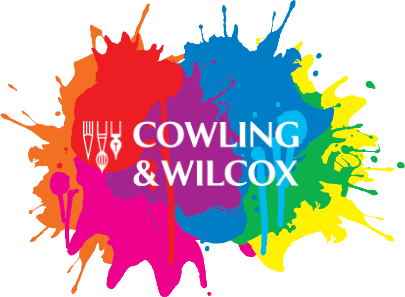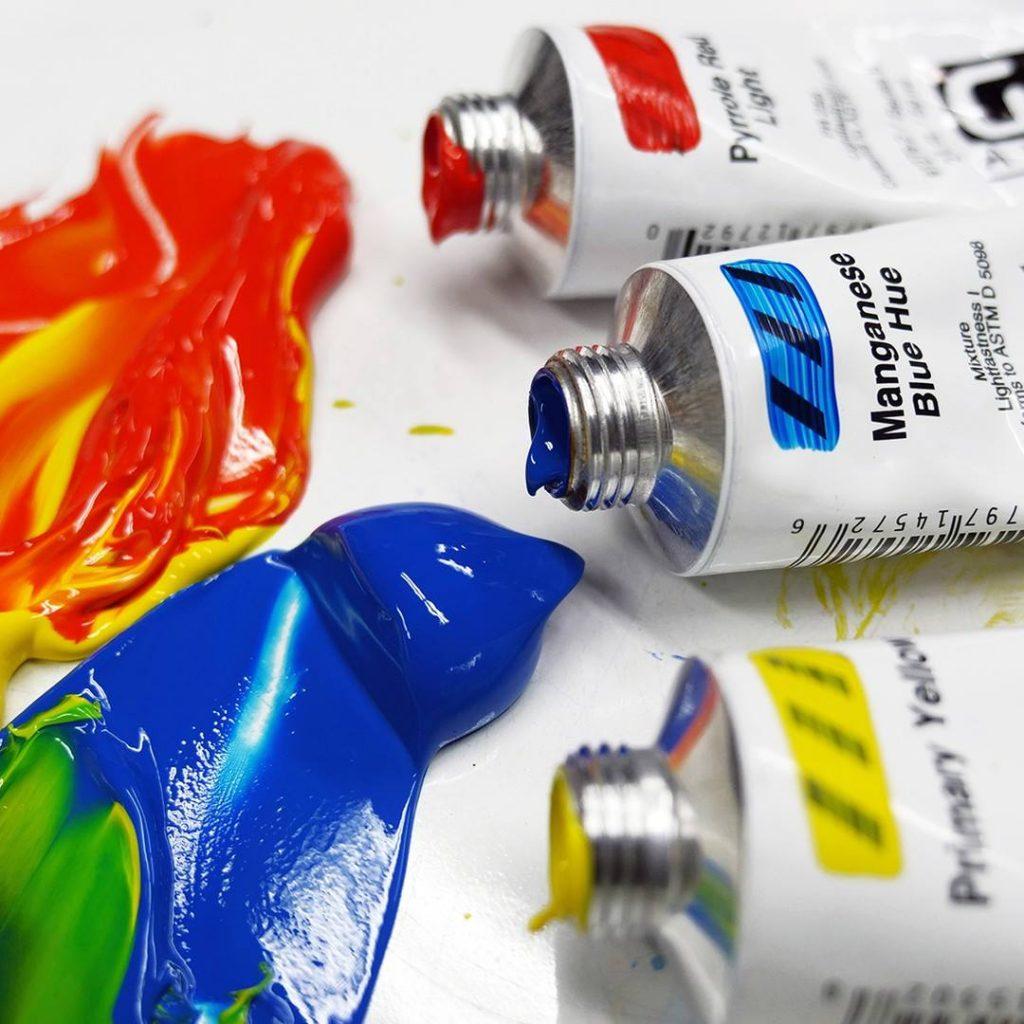
We have a brand new range of premium quality artist acrylics & mediums available online now, which we think you’re going to love. Encompassing over 136 unique colours and with a litany of complimentary mediums to take advantage of, Golden Artist Colors are a must-have for any discerning artist that enjoys working with acrylic paint. Find out more about this exciting range of art supplies.
Golden is a US-based company that was founded in 1980 by Sam Golden. Sam had retired from a long career running Bocour Artist Colors in New York, suppliers to the likes of Rothko, de Kooning and Pollock and maker of early forms of acrylic paint.
About Golden
At the height of the depression in the 1930s, Sam Golden joined his uncle Leonard Bocour as a partner in Bocour Artist Colors. Leonard and Sam produced hand-ground oil colors for artists. The shop on 15th Street in Manhattan became a hangout for artists from the 1930s through the early 1950s. Artists such as Barnett Newman, Mark Rothko, Willem de Kooning, Jackson Pollock, Helen Frankenthaler and Jack Levine would go to the shop to visit with Leonard, talk to Sam and get paint.
During one visit an artist gave Sam a honey like resin and asked if it could be made into paint. Sam recognized that this idea would require experimentation as the early batches of the new paint seemed to dry before the paint was applied. Between 1946 and 1949, and after much trial and error, the first artist acrylic paint was ready for production. One of the earliest artists to use the paint “Magna”, was Morris Louis. Sam eventually developed a more popular waterborne version of the acrylic, “Aquatec.” He continued to refine the chemistry of acrylic paints working with artists for the next 20 years to find what worked and what did not.
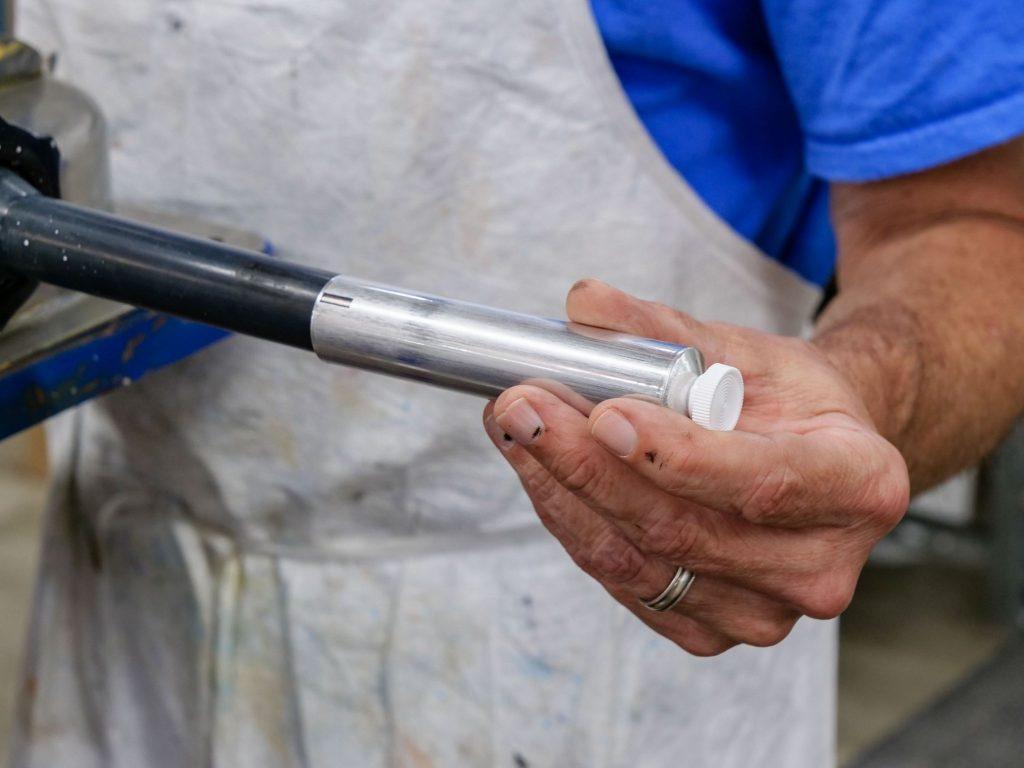
Heavy Body Origins
After 30 years in the paint making business, Sam retired and moved to picturesque New Berlin, New York. Sam planned to fish and golf, but quickly grew bored with retirement and found himself “going to the barn to make paint for friends.” At the age of 67 Sam decided to come out of retirement.
Golden Artist Colors, Inc. began in June of 1980 in a 900 square foot, renovated barn. Sam, his wife Adele, son Mark and daughter-in-law Barbara Golden along with partner Chuck Kelly, founded a new company that would embody Sam’s dedication to professional artists, work Sam described as simply “making tools for artists.”
The first four years were financially challenging. Sam and Adele used every resource they had to keep the business alive. Mark took weekly trips to New York City to sell products to artists and continue the conversation that had made Bocour so successful.
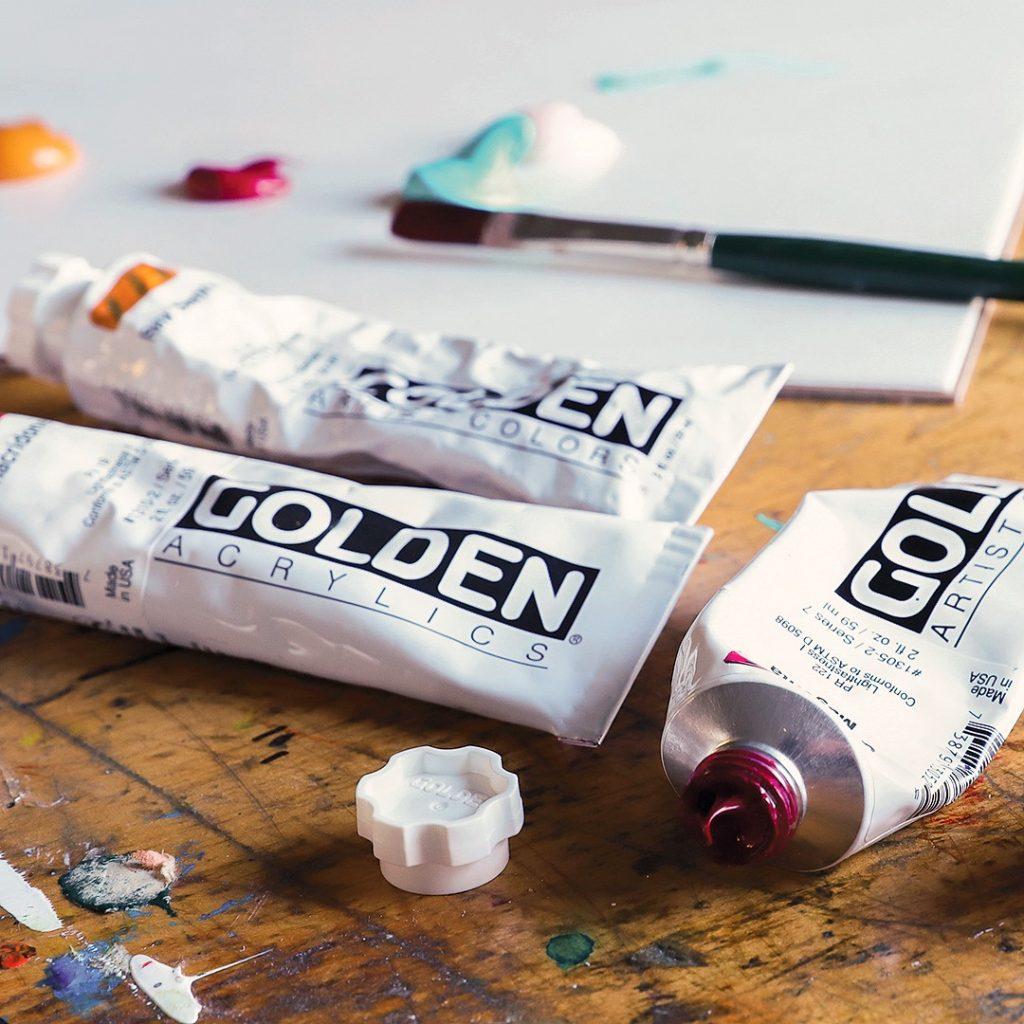
The first acrylic colours offered by Golden was their mainline Heavy Body series, which launched back in 1980. These gorgeous paints are well known for their exceptionally smooth and buttery consistency. The Heavy Body palette includes the largest assortment of unique pure pigments in a 100% acrylic emulsion available to professional artists. These colours offer excellent permanency and lightfastness. There are no fillers, extenders, opacifiers, toners, or dyes added.
In 1985, the addition of a factory to the original cow barn gave the company 6,200 square feet of space. As the building grew, so did product lines. The original Heavy Body and Iridescent Acrylics grew to include Fluid, Matte and Interference Acrylics.
Each Heavy Body colour formula reflects the qualities of its pigment. Colours that tolerate a higher pigment load dry to a more opaque, matte finish. Colours that are more reactive and do not allow as much pigment loading tend to have a glossier, more transparent, finish. Because Heavy Body colours contain no matting agents, the gloss of each colour will be different.
Viscosity and Consistency
Golden Heavy Body Acrylics have the ability to “stand up” and retain brush strokes or palette knife marks on the canvas. All Heavy Body colours are thixotropic in nature. This means that when brushing or stirring the paints actually lose viscosity and feel much thinner. The faster the paints are moving, the thinner they feel. Returned to a state of rest, the paints gradually increase in thickness until they are again restored to their formulated viscosity.
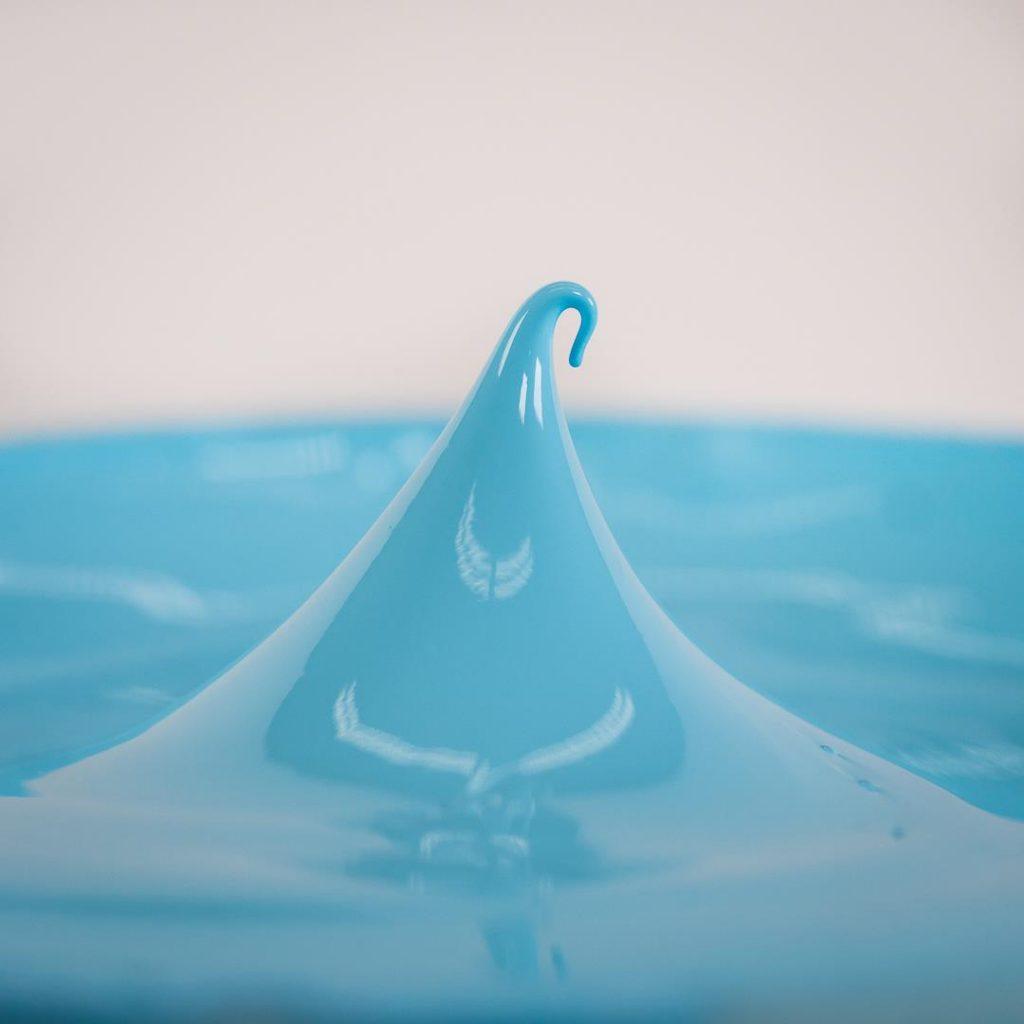
Film Flexibility
Heavy Body colours retain excellent flexibility when dry, greatly diminishing the possibility of cracking that occurs in other natural and synthetic polymer systems. The acrylics can absorb the constant stress and strain placed on canvas when shipped or as it expands and contracts with changes in temperature and humidity.
Mixing Abilities
All Heavy Body colours can be mixed with any and all Golden Mediums, Gels and other paint lines. By mixing and experimenting, artists can produce a wide range of paint consistencies without compromising colour strength. Heavy Body viscosity can also be reduced successfully with water. Remember: the more water added to the acrylics, the greater the subsequent shrinking of the paint layer. Too much water will reduce the binding capability of acrylic paints and tends to flatten out their sheen.
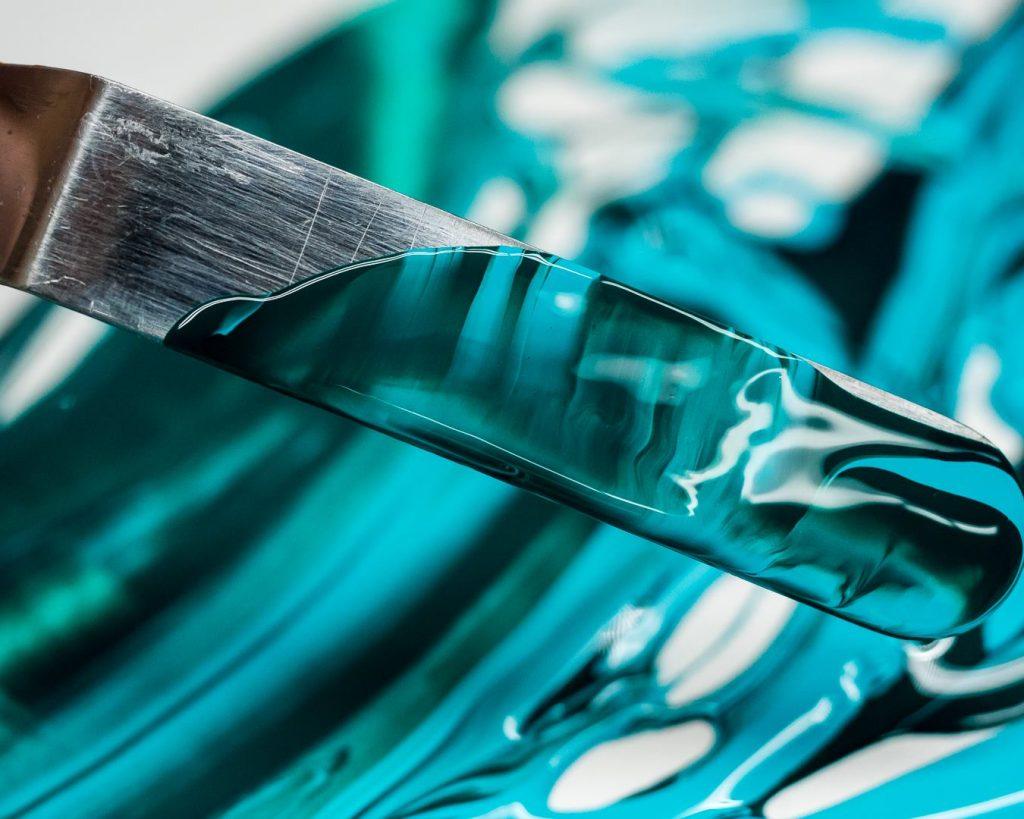
Blending with Mediums
Golden fluid mediums, including Polymer Medium, Acrylic Glazing Liquid, the GAC Mediums and the Airbrush Mediums, can be used to thin Heavy Body Acrylics. They also add a myriad of unique possibilities to the working and gloss properties of the paint surface. All Golden mediums retain the film integrity of the acrylic, and in some cases they actually enhance the durability of the paint film.
Gloss Variations
When producing the Heavy Body line, Golden consciously broke the mould of acrylics made in the past. Most acrylics were produced to have an even satin sheen across the range of colours. Manufacturers felt artists wanted this even sheen to avoid the differences encountered by oils. In Oils, the colours requiring very little oil tended to be very matte, while those colours requiring substantial amounts of oil tended to be quite glossy.
Golden decided not to add the flattening agents typically added to acrylic paints to unify the product”s finish. Each pigment is made to its own level of matte or gloss depending upon its own unique nature. They also decided not to add opacifiers to their colours, which allows them to retain their clearest and cleanest quality, especially when used in washes or glazes. It is always possible to add matting agents and other whitening materials to the product, but once added, it’s impossible to take them away.
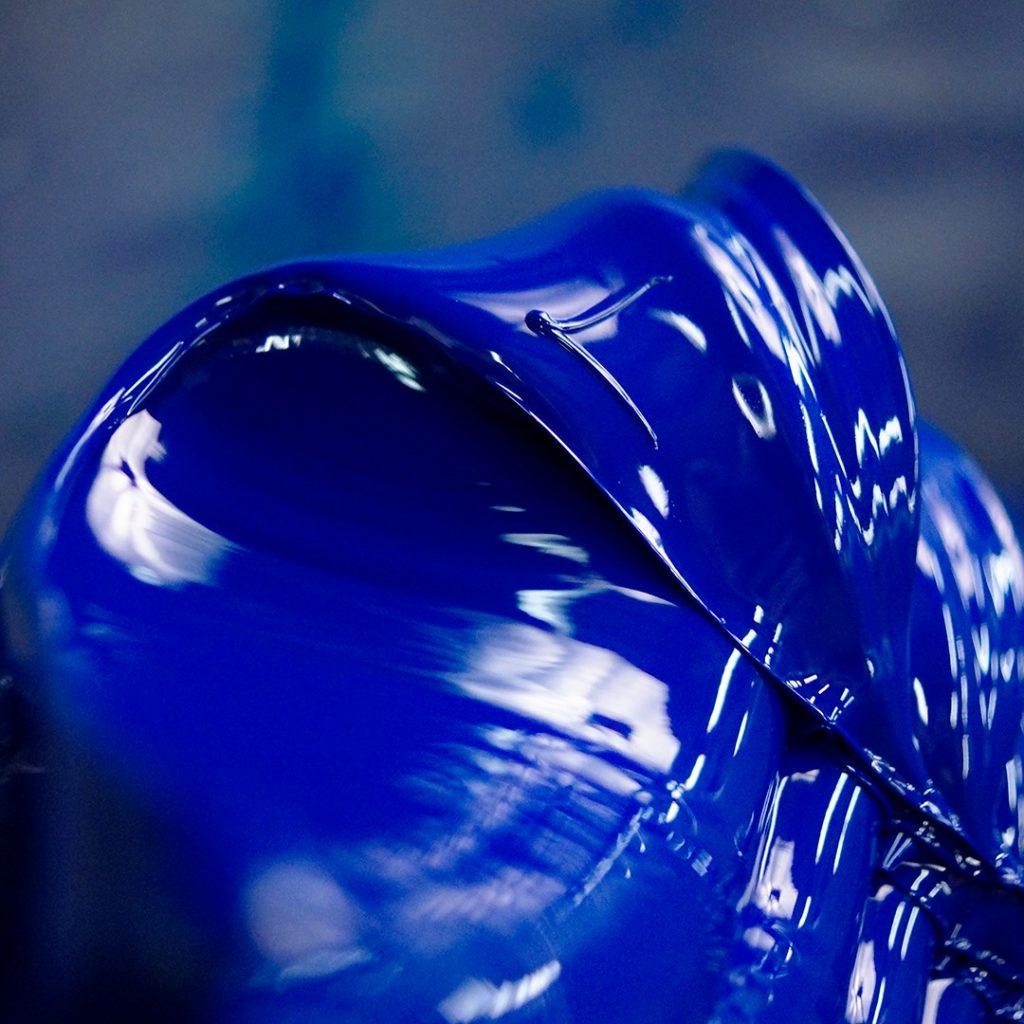
Colours
The biggest standout of the ever-expanding Heavy Body line is the breadth of unique colourants on offer. Mixture colours within the range include Green Gold, Jenkins Green, Quinacridone Crimson and Turquoise (Phthalo), as well as Neutral Greys, Historical Colours, Blended Colours and Primaries. Some mixture colours, offer safe and lightfast alternatives for pigments that, otherwise, would be dangerous or insufficiently light stable for artist use.
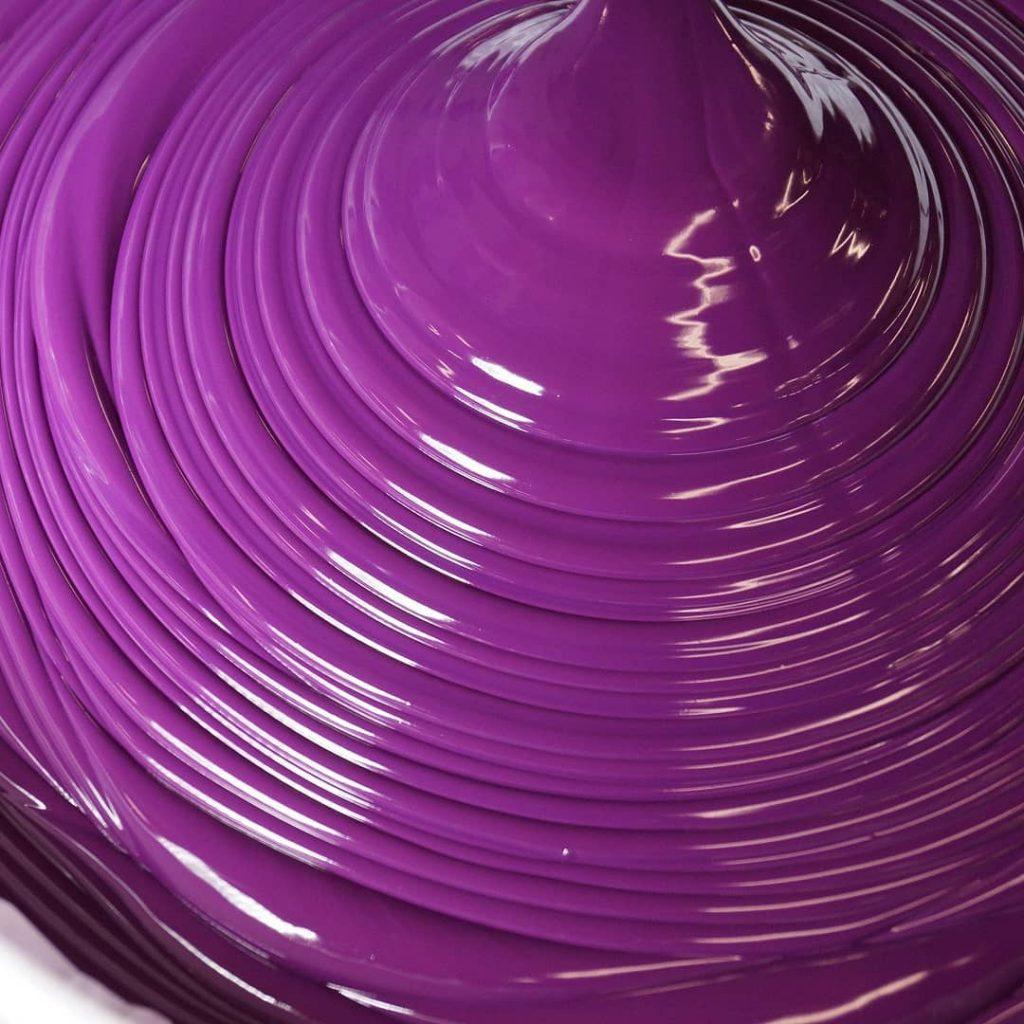
Pigment Selection
The Heavy Body line is divided among inorganic and organic pigments. Some inorganic pigments have been around for centuries and some for millennia. They are produced either with naturally mined pigments (sienna, umber, ochre) or with synthetically manufactured pigments, (iron oxide, carbon black, etc). Inorganic pigments may also be produced using a combination of these two processes. Pigments that are both mined and manufactured include the Cadmiums, Cobalts, and Titaniums.
The organic pigments are a group of colours that are synthetically produced through complex carbon-containing chemistry involving various materials including petroleum, coal tar and natural gas. Many of these pigments have their roots in the chemistry of the 1800’s, although widespread production didn’t really begin until the 1930’s. Even though they have only been available for several decades, organic pigments have demonstrated remarkable abilities to withstand the impact of light and weather.
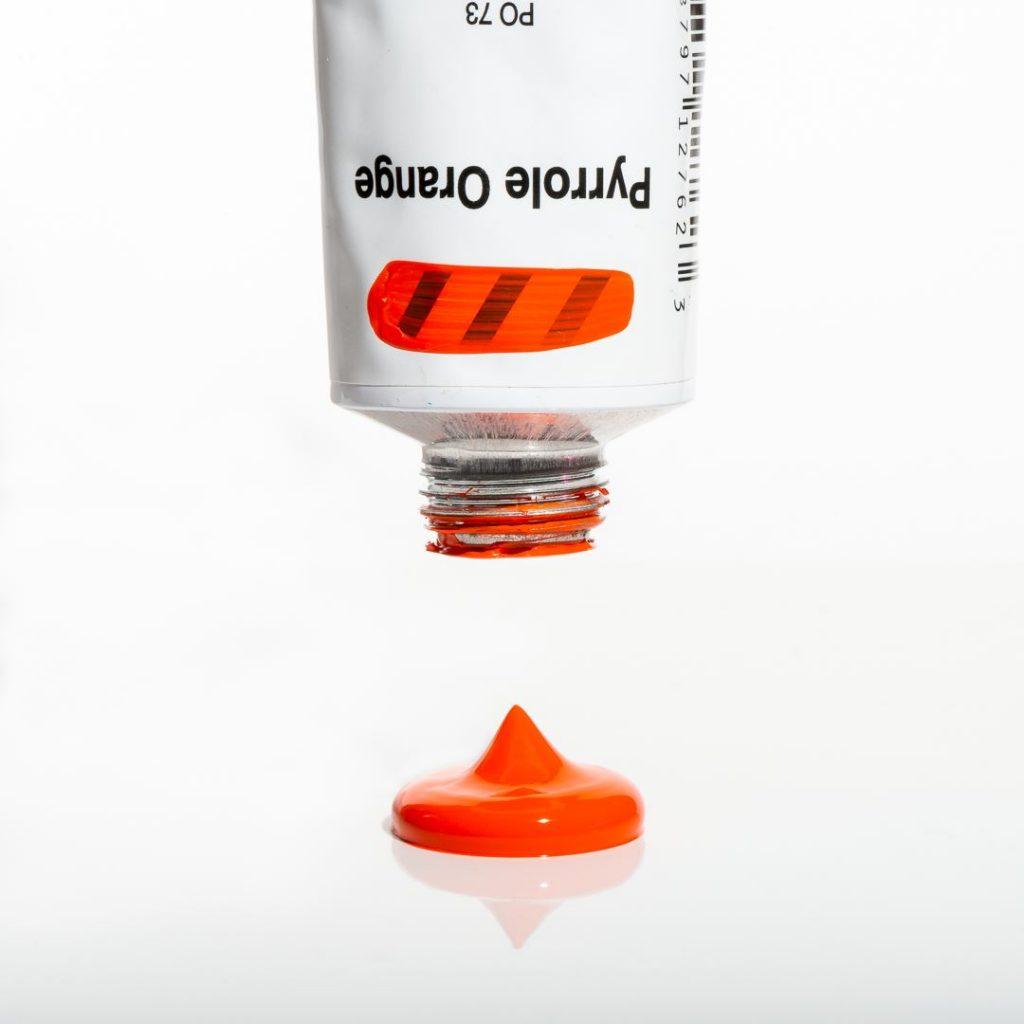
Every colour within the Heavy Body Line is approved for professional artist use according to ASTM Standards for Artist Materials. These standards regulate paint consistency and demand fineness and lightfastness of chosen pigments, use of 100% acrylic binder, freeze-thaw stability, and accuracy of labelling for the pigments used. Evaluation by an approved toxicologist is required.
94 within the line are considered excellent in lightfastness (the ability to withstand colour change due to exposure to light). The remaining colours are rated very good for lightfastness. Golden doesn’t use any colors within the Heavy Body line rated less than very good.
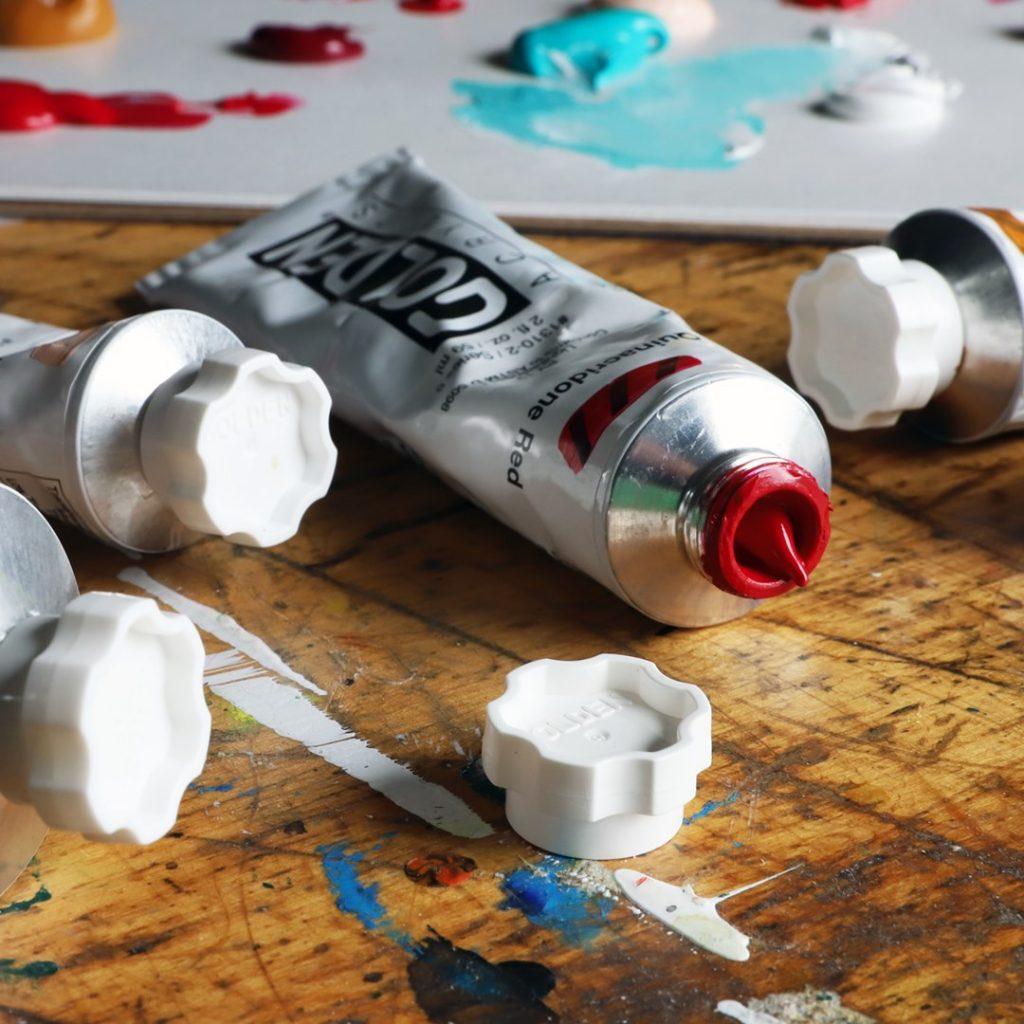
Golden Artist Colors, Inc. became an employee owned company in 2002 and in 2010, employees became the majority owners of the company. And despite worldwide distribution, Golden products are still created on the grounds of the original barn in New Berlin using the highest standards for consistency and quality.
Click here to view our range of Golden acrylic paints and mediums, all at fantastic prices!
< Back to blog